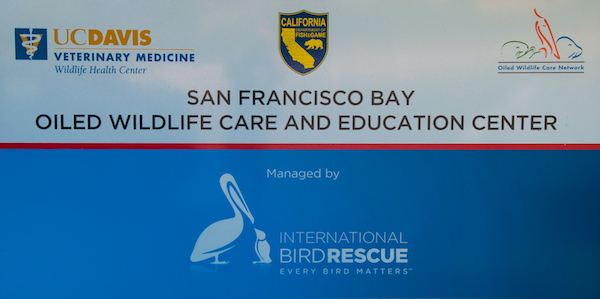
In January 1971, two oil tankers collided under the Golden Gate Bridge, spilling more than 800,000 gallons of crude oil into the San Francisco Bay. Little was known about oiled bird care at that time and despite the courageous attempts of hundreds of volunteers, only 300 birds survived from the 7,000 collected.
Alice Berkner, a registered nurse, came up with the concept of International Bird Rescue while trying to help the more than 7,000 birds that filled warehouses around the San Francisco Bay Area during this 1971 oil spill. The plight of these birds inspired her, along with a handful of other concerned individuals, to do everything they could to save them, and by April of 1971 International Bird Rescue Research Center (now known as International Bird Rescue) was incorporated as a non-profit organization.
This 12,000 square-foot facility, completed in February 2001, is one of the two primary oiled bird facilities built by the Oiled Wildlife Care Network (OWCN) in California. The facility is designed to accommodate up to 1,000 birds indoors during a large oil spill in the Bay area, and includes specialized areas for bird intake, holding, washing, drying, isolation and recovery, as well as for food preparation, radiography, surgery and necropsy.
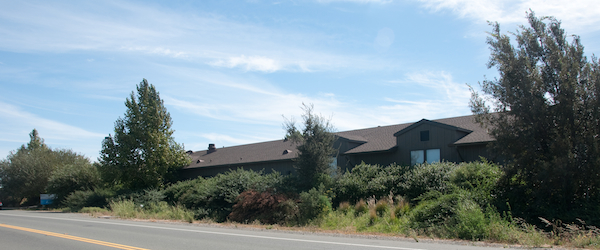
Last weekend I was treated to a tour of their San Francisco Bay facility, located in Fairfield, California, by the Wildlife Center Manager, Michelle Bellizzi. Michelle is not only a gracious host but a very knowledgeable and dedicated member of the staff. She explained to me while standing in the oiled bird intake area…
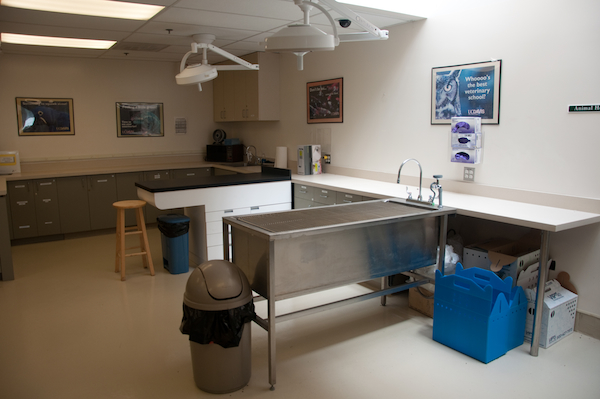
that not only are there many different types of oils spills (that can now be identified as to origin by chemical evaluation of the oil itself), there are different threats to seabirds as well, all of which International Bird Rescue is involved with.
In addition to responding to oil spills around the world, International Bird Rescue staff work to care for birds impacted by lesser known threats like natural oil seeps under the ocean, algal blooms, marine debris, and extreme weather.
Research is a continuous part of oiled wildlife care and one thing that researchers figured out was that birds benefit greatly from a period of rest and supportive care before the cleaning process begins.
Birds are brought to the pre-wash care team for warmth, food, fluids, and medical care. Once a bird has been in care for approximately 48 hours, a pre-wash examination and assessment determines if it is medically stable and ready for wash.
httpv://youtu.be/axEpVTaK1-k
I quickly learned that there was much more to bird and wildlife rescue than I had previously known. Washing an oiled bird is very stressful on the bird and not easy for the rescuers either. Just look at the energy that goes into washing a single pelican. Imagine this facility can wash six birds at a time, and over 200 oiled birds a day!
httpv://youtu.be/w9R3XBCM1G8
This is where the washing of oiled birds takes place at the San Francisco Bay facility.
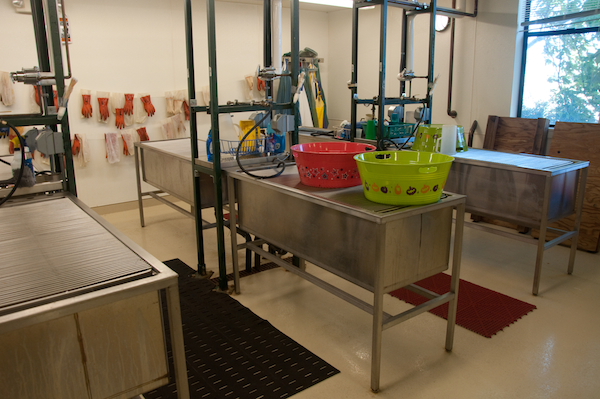
The birds are then rinsed to remove the detergent at the rinse station using 106o water at 40 to 60 PSI

After being dried with commercial pet dryers Michelle explains, “they come out with their feathers all puffed out. They are transformed.”
httpv://youtu.be/h2Bp2iuz6cM
Dawn donates all the detergent the facility needs.

This facility also boasts an X-ray machine…

and a surgical area where their veterinarian can perform life saving procedures.
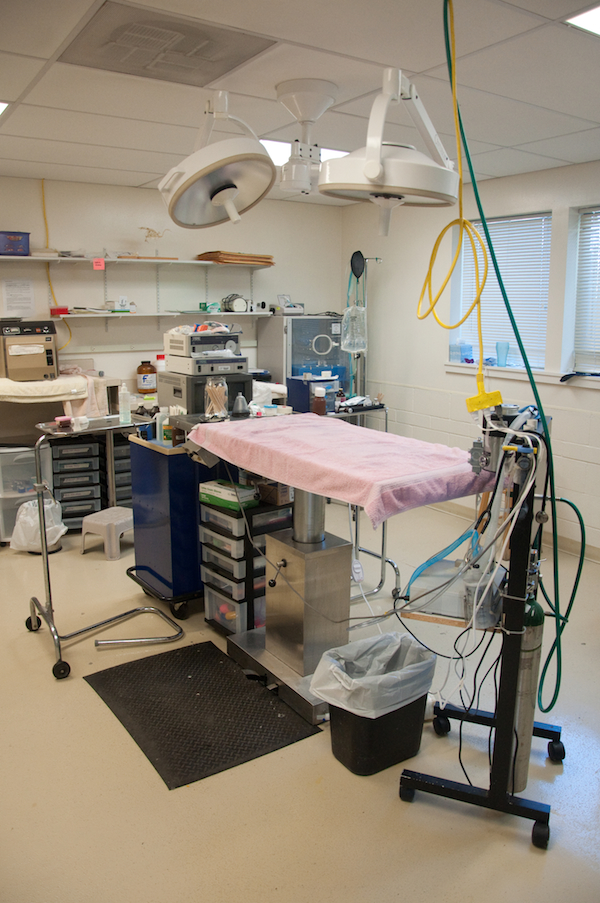
In 1992 International Bird Rescue developed warm water therapy pools which increase the survival rates of oiled aquatic birds. The water can be heated to a specific temperature and continuously circulated to filter out contaminants as the birds regain their strength. This is a series of these tanks arranged in a tiered fashion increasing their capacity.

Adjacent to the warm water therapy pools there were a few Common Murre chicks in a large holding tank that looked like they were doing quite well.
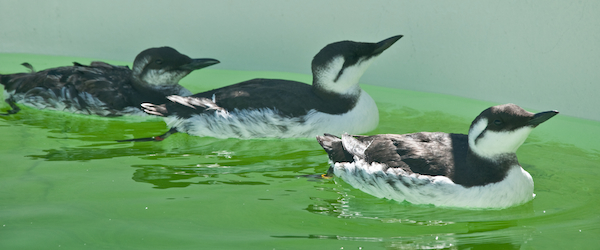
Then we walked over to the aviaries to see the Brown Pelicans. There were at least thirty pelicans rehabbing in the aviary along with a few gulls.

httpv://youtu.be/dhqagH4fmks
Current research projects of International Bird Rescue include:
- Revising and developing new sea bird diets,
- Developing protocol for the control of airborne fungal disease in oiled birds, Researching long-term alcid rehabilitation techniques,
- Improving caging for difficult species (Loons and Grebes),
- Assisting avian specialists in post release radio telemetry studies on rehabilitated oiled birds and
- Collecting blood normals for each species.
Remember Alice Berkner, the nurse that founded this organization? This is what she had to say recently about the International Bird Rescue’s accomplishments:
“Had I been told in 1971 that 30 years hence we would end up treating over 148 species of birds (not to mention assorted turtles, snakes and other non-feathered wildlife) in 100 different oil spills on five continents and attain a 78% release rate of King Eiders on the extremely remote Pribilof Islands, 100% release rate of White Pelicans in Louisiana, a 96% release rate of American Coots in congested and polluted Southern California or the rehabilitation of 18,200 penguins in South Africa… my response would have been “In your dreams!” But we have done just that and at times I tend to view with disbelief what we have accomplished. Many people still do not see the value in treating oiled wildlife but as more and more species head for extinction at a greater rate than ever before, perhaps this attitude will in itself become extinct for it has no place in today’s world.”
International Bird Rescue believes (as do I) that we all use oil or oil-related products in some form or another, and, as species co-existing on this earth with other life forms, we are responsible for the messes that we make. We know that oiled birds can be rehabilitated and we maintain the belief that each individual animal life is valuable and that each animal is deserving of our care. In a world where life is not always respected and cherished we feel that preserving even the life of one bird sends an important message. In other words:
“Every Bird Matters”
You can get more information at the International Bird Rescue website, purchase cool gear at their store or donate to their excellent cause.



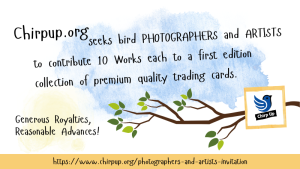


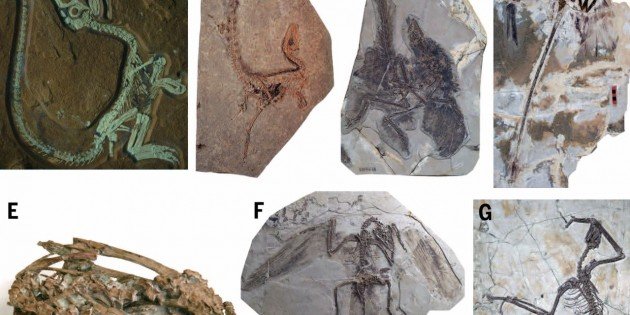
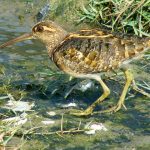
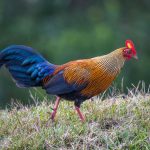

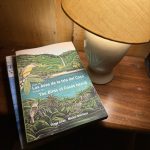
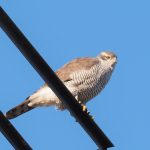
Great post! I just started volunteer work in a bird rescue center near my home, in the Netherlands. It is not nearly as well equipped as this shelter is, though… Impressive!
This organization does outstanding work! Thanks for an informative post.
Wow!!! I am in awe, and quite speechless Larry!!! Impressive, very impressive. [and here I thought I was doing good this past weekend by bringing home a little warbler that hit a store glass window and went into shock ==I posted about it at Rescue Me Post That that I did, is NOTHING compared to the humane actions this facility is taking up.
Larry — your chronicle of the amazing things they do brought me to tears. (It’s heartbreaking that there is even a need for an Oiled Wildlife Care Network.) I am really tight on cash these days but couldn’t help squeezing out money for a donation; also friended them on FB and bookmarked their awesome blog. Thank you so much for publicizing these fantastic people and their work.
Brilliant post Larry.
As a volunteer at International Bird Rescue, I wanted to say that the majority of the birds we care for are not oiled, but many are never-the-less victims of human activities, having been entangled in fishing line, snagged with fishing hooks, swallowed or wrapped up in plastic, hit by cars, or captured by cats or dogs.
Wonderful post, documentation and images, Larry. Hugh and I were lucky enough to train there during a spill event, and my admiration lives on for all of the dedicated and talented boots on the ground at International Bird Rescue.
@Eildert super! I so admire these volunteers for all their work. Your facility may not be as well equipped as this one but as Linda states below, the majority of their birds are not victims of oiling, so much of their work helping injured and orphaned birds can be done without the specialized rooms and equipment for washing.
@Wendy yes they do and thank you for the comment!
@Anni as their motto says, “Every Bird Matters” and that includes your warbler that struck the glass. I also rescued a bird that fell victim to an invisible window and it made me feel wonderful when I called my local wildlife rescue center and they told me that the bird had been released that morning 😉
@Meredith thank you very much! Just getting out the word by friending them on Facebook will help. I, and I’m sure they, very much appreciate your donation also.
@Adam thanks!
@Linda first, thank you for all your wonderful work helping our wildlife! Also thanks for bringing up the fact that most of your work is not oiled birds yet you are busy saving and rehabilitating birds every day. I was so caught up in your oiled bird work I forgot to even mention that the majority of your work is with injured and orphaned birds.
@Ingrid lucky you! Their expertise and dedication is invigorating!
Beautiful posts.
Thank you for visiting my blog.
Wish you a good weekend 🙂
Hanne Bente
A wonderful organization. Thanks for this great post!